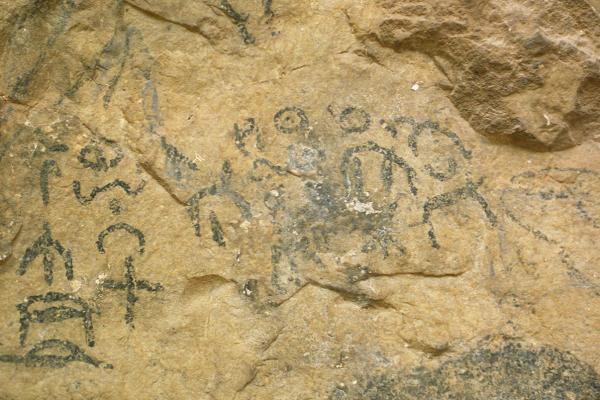Ahmad Al-Jallad's Research Featured in Science Article

Professor Ahmad Al-Jallad, Chair in Arabic Studies, was featured in a Science article for his research on the deciphering of the Dhofari script. Al-Jallad's study is a major breakthrough for providing important clues on how languages and writing systems once moved across the region of South Arabia, and a previously unknown language.
Rock faces within the caves and dried riverbeds of Oman’s Dhofar governorate bear nearly 2400-year-old writings that snake across the surface in a mysterious script. For more than a century, these inscriptions—known as the Dhofari script—had defied decipherment. Now, in a study in press at the journal Jaarbericht Ex Oriente Lux, a linguist says he has deciphered the main subtype of the Dhofari script, and has found evidence that its alphabet didn’t originate in southern Arabia.
The enduring enigma of the Dhofari script had led to many theories over the decades, including the fanciful idea that “these were inscriptions by the people of ʿĀd, a lost Arabian tribe mentioned in the Quran,” says study author Ahmad Al-Jallad, a linguist at Ohio State University. Al-Jallad’s new paper marks “the first ever reliable study on this matter” and “has the potential of writing an entirely new page of the history of Arabia,” says Giuliano Castagna, a linguist at Beijing Normal University who was not involved in the work.
